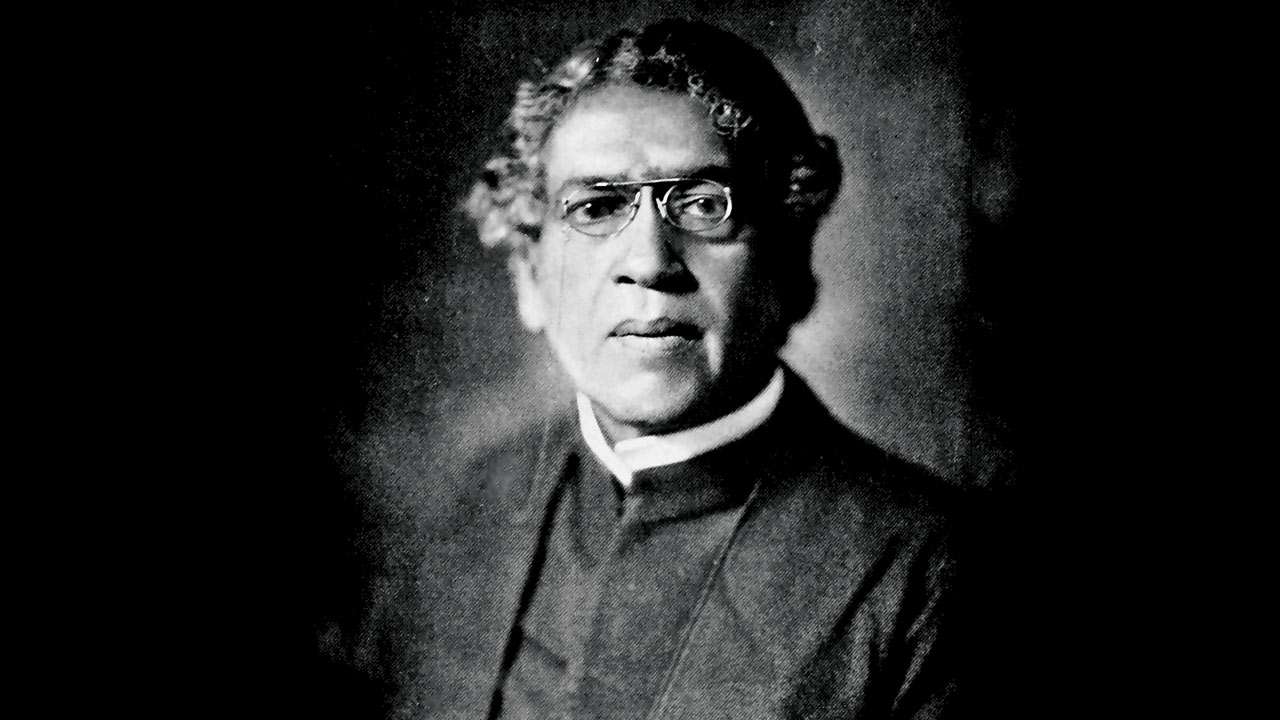
Acharya Jagadish Chandra Bose (November 30, 1858 – November 23, 1937), the Bengali scientist who was a pioneer in radio science and plant physiology, is currently in the news. He is one of the contenders to be the face on the 50-pound currency note. Bose was a Renaissance polymath: a physicist, biologist, biophysicist, botanist and archaeologist, and an early writer of science fiction. And his achievements in the world of physics and botany had earned him appreciation from scientific communities across the world. Despite being a colonial subject, a second-class citizen in today’s parlance, Bose fraternised with some of the finest minds of the 20th century, many of whom were Nobel Laureates. He forged an enduring bond with Rabindranath Tagore with whom he spent many a weekend when he was teaching at Calcutta’s Presidency College. Tagore and Bose had a pact. While the poet laureate would read out his latest creations, the scientist would enlighten the bard about his research. Tagore’s appreciation for Bose is best summed up in the following words: “I have seen the light in my friend. It is my pride that my intuition was true even before the proof came along.”
In fact, his groundbreaking work with plant physiology that led to the invention of the crescograph, led to friendship with Bernard Shaw. Bose had discovered that plants too have life, prompting the Irish playwright to shed a tear for his “dead cabbage”. In the course of their friendship, Shaw had gifted many of his books to Bose, with one inscription saying: “From the least biotechnologist to the greatest biotechnologist of the world.”
In his book Science and National Consciousness in Bengal (1870-1930), J Lourdusamy writes, “On hearing Bose’s lecture in Sorbonne, the eminent philosopher Henry Bergson complimented him for having made ‘the dumb plants’ provide ‘eloquent witnesses of their hitherto unexpressed story’. Lourdusamy also notes that the physiologist of the University of Vienna Professor Hans Molisch was so interested in Bose’s work that he accompanied him to his institute in Calcutta and worked there for six months. According to his biographer P Geddes, Bose’s peers in England were so impressed by his achievements that wanted to help improve the conditions under which he was working.
He had no proper laboratory for carrying out his research work. Eminent physicist Lord Kelvin wrote to Lord George Hamilton, then Secretary of State: “It would be conducive to the credit of India and the scientific education in Calcutta, if a well-equipped Physical Laboratory is added to the resources of the University of Calcutta in connection with the Professorship held by Dr. Bose.” Lord Kelvin’s letter was followed by a letter jointly signed by several renowned scientists including Lord Joseph Lister, then President of the Royal Society, and Professor Fitzerland.
Bose also had a fruitful association with Germany’s scientific community. His book “Plant Autographs and Their Revelations”, 1927, was translated in German language. Bose was far ahead of his time though he never achieved the rockstar status of Albert Einstein or Stephen Hawking.